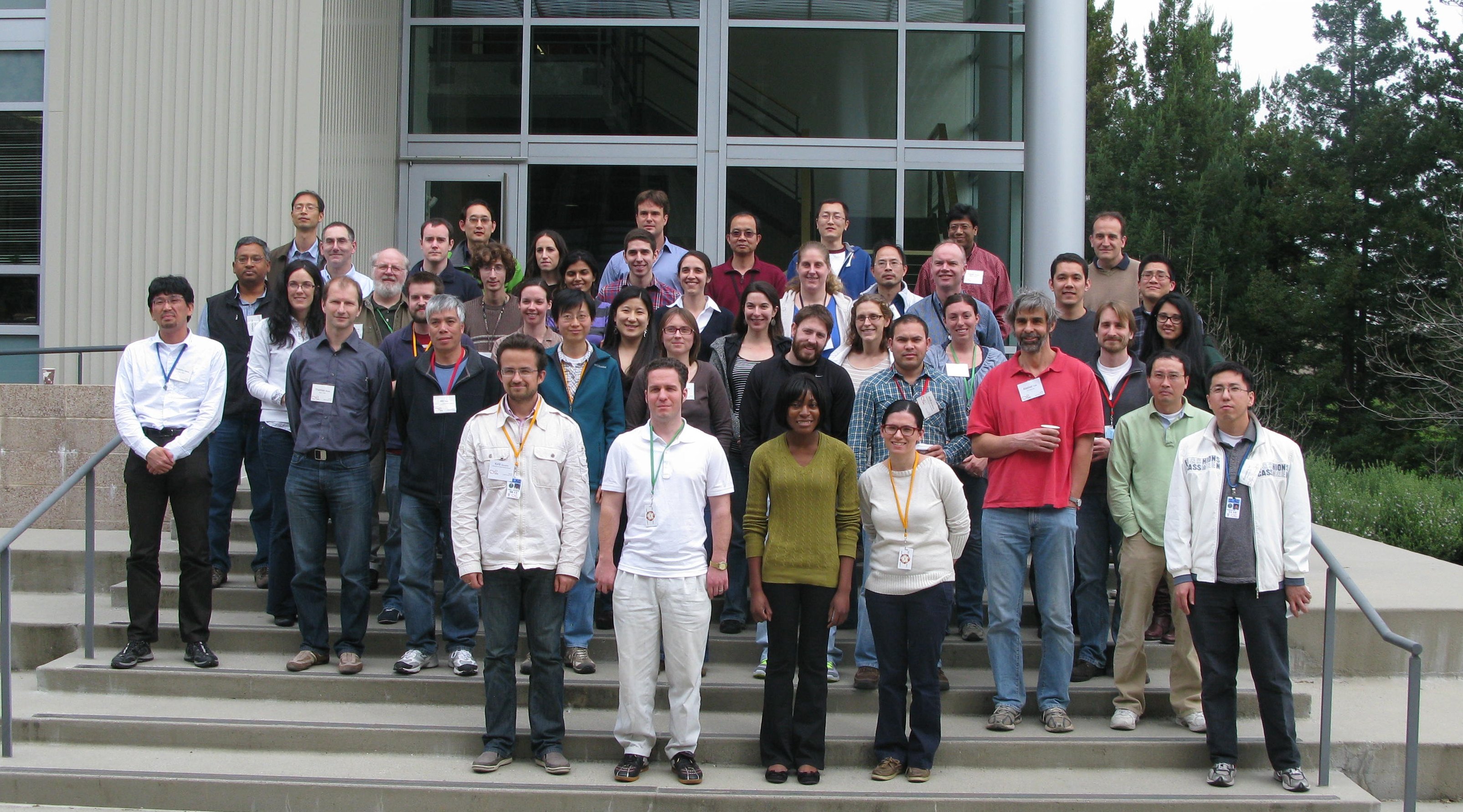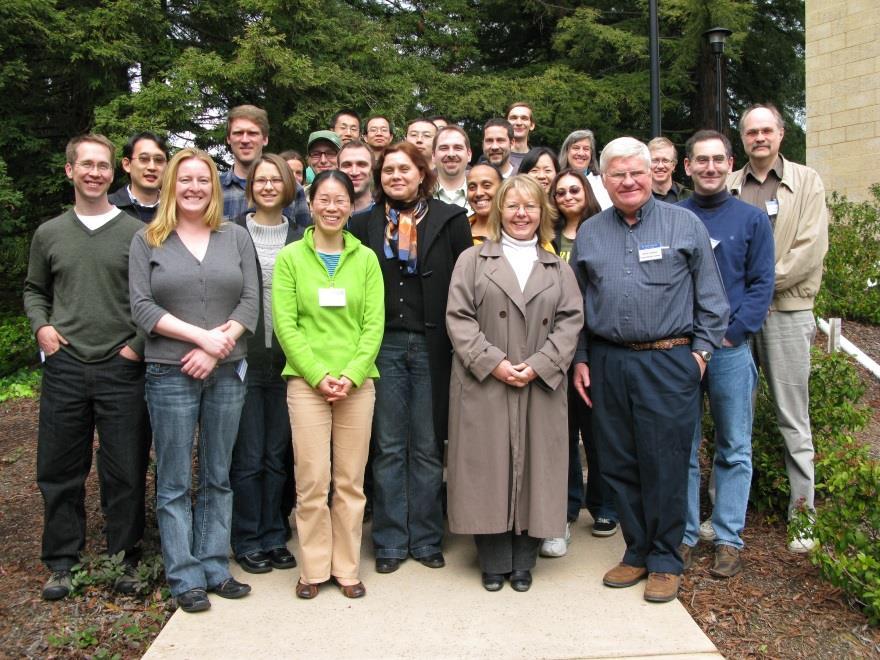Workshops
December 2019: BioSAXS2019: A Workshop on Biological Small-Angle X-ray Scattering
This 4-day comprehensive workshop focussed on the use and application of non-crystaline small-angle x-ray scattering and diffraction to problems in structural biology research with the emphasis on solution scattering methods. It covered the basic theory of small angle scattering, sample preparation and other experimental aspects of solution scattering as well as recent applications of SAXS in the field of structural biology. In a set of lectures and hands-on tutorials the workshop covered all aspects of the solution scattering experiment from the basic scattering theory and experimental planning to advanced data modelling. Specialized tutorials were held on the ATSAS software package, the integrative modelling platform (IMP) and the DENSS software. The participants were also able to collect SAXS data on samples they provided. The collected data was subsequently analyzed during the software tutorials with guidance BL4-2 staff and external experts.

November 2017: Small-Angle Scattering in Structural Biology: A Hands-on Practical Workshop
This workshop was held at Stanford University with the practical data collection sessions conducted at SSRL beam line 4-2. The 4-day workshop ostarted out with an introductory day of lectures on the basics of SAXS showcasing some of its potential but also giving practical advise on data collection strategies and sample preparation. The introductory day was followed by two days hands-on data collection in small groups at the beam line scheduled two weeks after the starting day allowing the students to digest the material and have enough time to prepare samples taking into account the specific advise they got during the lecture day. On the final day the collected data was analyzed and a general Q&A session was held.

March 2016: Workshop on Small-Angle X-ray Scattering and Diffraction Studies in Structural Biology
A 3-day comprehensive workshop on the use of non-crystalline small-angle x-ray scattering and diffraction techniques in structural biology research. The workshop focused on solution x-ray scattering studies on biological macromolecules and macromolecular complexes. It covered the basic theory of small angle scattering, experimental aspects of solution scattering as well as recent applications of solution scattering in structural biology research. With extensive software and data analysis tutorials covering all aspects from the basic SAXS analysis to advanced modeling methods the workshop formed a comprehensive introduction into the SAXS technique and its application and possibilities in structural biology.

March 2013: Workshop on Small-Angle X-ray Scattering and Diffraction Studies in Structural Biology
A 3-day comprehensive workshop on the use of non-crystalline small-angle x-ray scattering and diffraction techniques in structural biology research. The workshop focused on solution x-ray scattering studies on biological macromolecules and macromolecular complexes. The first half of the workshop was comprised of lectures on basic theoretical and experimental aspects of solution scattering as well as recent applications of solution SAXS in structural biology research. Computational approaches to data analysis and structural modeling were also be covered in the lectures. The second half of the workshop was devoted to hands-on experimental tutorials on solution x-ray scattering at the SSRL Beam Line 4-2 and extensive software tutorial sessions covering all aspects from basic analysis to advanced modeling methods.

April 2009: Workshop on Small-Angle X-ray Scattering and Diffraction Studies in Structural Biology
A workshop on the use of primarily non-crystalline small-angle x-ray diffraction techniques in structural biology research. The main focus of the workshop is solution x-ray scattering studies on biological macromolecules. The first half of the workshop had lectures on theoretical and experimental aspects of solution scattering as well as recent applications in biology. Computational approaches to data interpretation and structural modeling was also covered extensively. The workshop included also related topics such as lipid and fiber diffraction studies. The second half of the workshop was devoted to experimental tutorials on solution x-ray scattering at Beam Line 4-2 and software demonstration/tutorial sessions.

The three-day workshop provided hands-on training on experimental techniques and software tutorial sessions primarily for solution x-ray scattering studies. Several shifts of beam time have been allocated for short data collection by workshop participants. The latest advances in x-ray scattering and diffraction studies on biological systems was reported by several experts in a diverse spectrum of structural biology benefiting from non-crystalline diffraction studies. Presentations on complementary experimental approaches and modeling techniques were also offerend. Participants received an updates on current and future developments at SSRL BL4-2, the dedicated small angle scattering/ diffraction facility for structural biology, funded by NIH NCRR and DOE BER.

